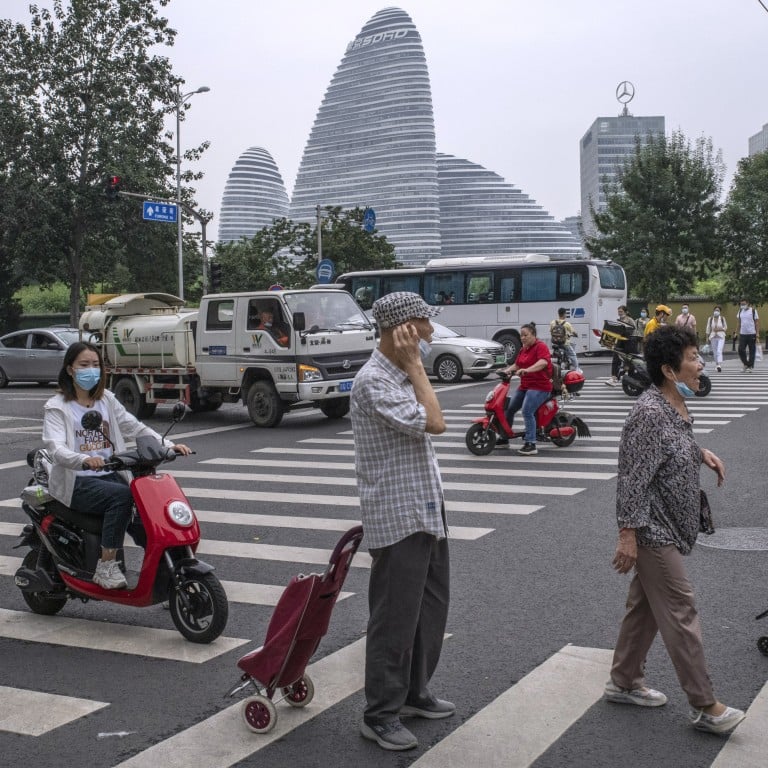
How China can promote common prosperity and still keep economic growth going
- Tax reforms and better social benefits will bring down savings, boost consumption, and so lessen reliance on credit-driven investment and cut banking risks
- Investor fears of a return to a more planned economy should be assuaged – removing the policy uncertainty that common prosperity has raised should be a first priority
Since the recent economic slowdown, common prosperity goals seemed to have been put on hold, but in recent months, they have re-emerged. One sign is that Xi’s 2020 speech on the new development philosophy was published this August in the Communist Party’s Qiushi journal.
In August, a People’s Daily article by Chinese Academy of Social Sciences vice-president Gao Peiyong also suggested common prosperity would be central in Xi’s economic programme.
A key question is what this implies for China’s economy. Handled well, common prosperity can be a powerful tool for rebalancing the economy towards more equal, consumption-driven growth. Handled badly, it can harm growth and stifle innovation and entrepreneurship.
Xi outlined six areas in achieving common prosperity: (1) identifying a more balanced, coordinated and inclusive development path; (2) expanding the middle-income group; (3) facilitating equal access to basic public services; (4) intensifying the regulation and adjustment of excessive income; (5) promoting common prosperity in people’s spiritual life; and (6) promoting common prosperity in rural areas.
How can China promote common prosperity and keep growth going? Where China stands out is its limited redistribution though the government budget.
Redistribution is by and large the route European countries have taken, and to some extent the United States and Japan. Strikingly, these countries have Gini coefficients similar to or higher than China’s. After redistribution though taxes and transfers, most have Gini coefficients of disposable income well below that of China.
Remarkably, China’s income tax revenue is modest. Though the highest income tax rate is 45 per cent, comparable to that of countries in the Organisation for Economic Cooperation and Development, China’s tax only yields a modest 1.2 per cent of its gross domestic product, compared to 8.4 per cent in the average OECD member.
Furthermore, coverage of unemployment insurance is largely limited to urban hukou – residency rights – holders, and migrant workers have to rely on savings or welfare in their place of origin.
Thus, China is still far removed from the “welfarism” that the leadership fears could undermine growth. Tax reforms and more generous benefits could therefore contribute to common prosperity.
This will allow China to rely less on credit-driven investment, reducing risks in the banking system. Financing part of the spending increase using higher dividends from state enterprises would further reduce savings and such investments, in particular investment in infrastructure, which China has in abundance.
Within a lower investment envelope, more should go to non-state enterprises, which yield higher returns and have been the drivers of innovation and productivity.
Taken as such, common prosperity could be a major contributor to a more balanced and stable growth. Removing the policy uncertainty that common prosperity has raised is a first priority, and the government can use the third plenum of the 20th Central Committee next year as a launching pad for the policy it takes to create true common prosperity.
Bert Hofman is director of the East Asian Institute and Professor in Practice at the Lee Kuan Yew School of Public Police, National University of Singapore



